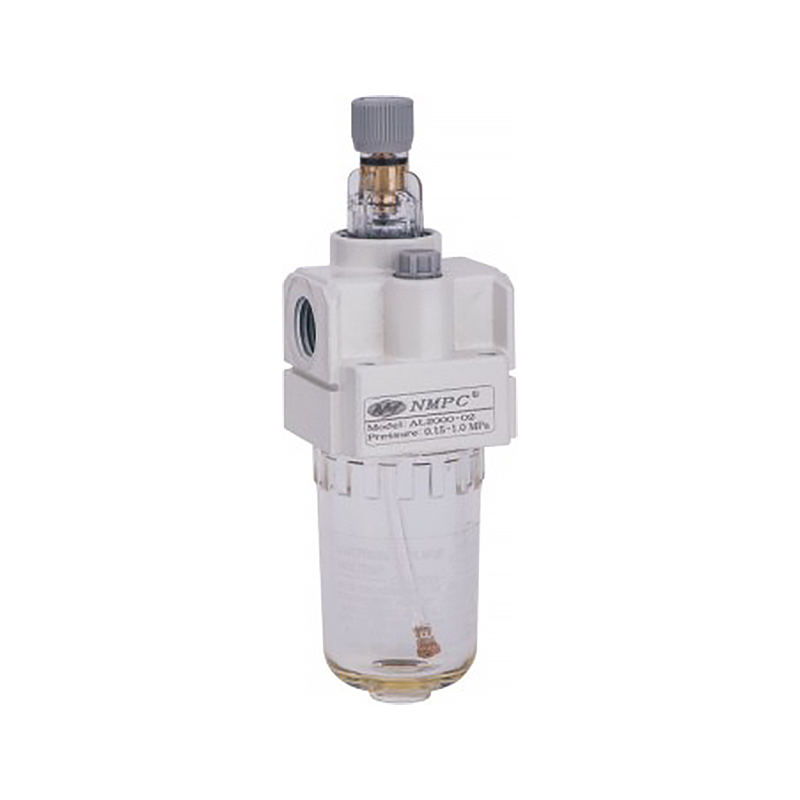Copyright 2022 © Ningbo Xinmadi Automation Technology Co., Ltd. All Rights Reserved.

While most air tools can operate without a lubricator, many need them to perform reliably, avoid damage, and maintain their longevity.
Lubrication reduces friction, heat and noise from moving parts and helps them to operate at peak efficiency and speed. If a tool operates without lubrication, it will quickly wear out and may breakdown. This could result in expensive downtime, lower productivity, and potential operator injury.
The simplest and most common lubricator is a simple device that syphons oil from an internal reservoir into the air stream using pressure drops. It typically has an adjustable dome, which when set at the manufacturer's recommended operating conditions delivers a specific amount of lubricant to the equipment downstream. An easy-to-read sight glass allows the operator to monitor the lubrication flow rate.
Other lubricators are designed to separate oil from the compressed air by separating it into an easily filtered oil reserve and an air-free gas stream. These devices are often used in combination with a particulate filter, which has pore sizes of 5 or 25 microns to remove dust and other contaminants from the airstream, and a coalescing filter that reduces moisture and odors.
There are also a number of air-line lubricators that introduce a fine mist of oil into the airstream, which is then suspended in the air stream and delivered to downstream equipment. These are commonly used in larger systems and multiple valve and cylinder applications. Some offer a manual adjusting valve, which when adjusted to the equipment's operating instructions ensures that the correct amount of lubricant is being delivered to the machine.






 简体中文
简体中文 English
English






